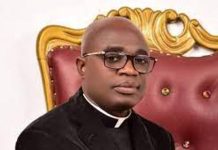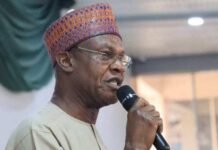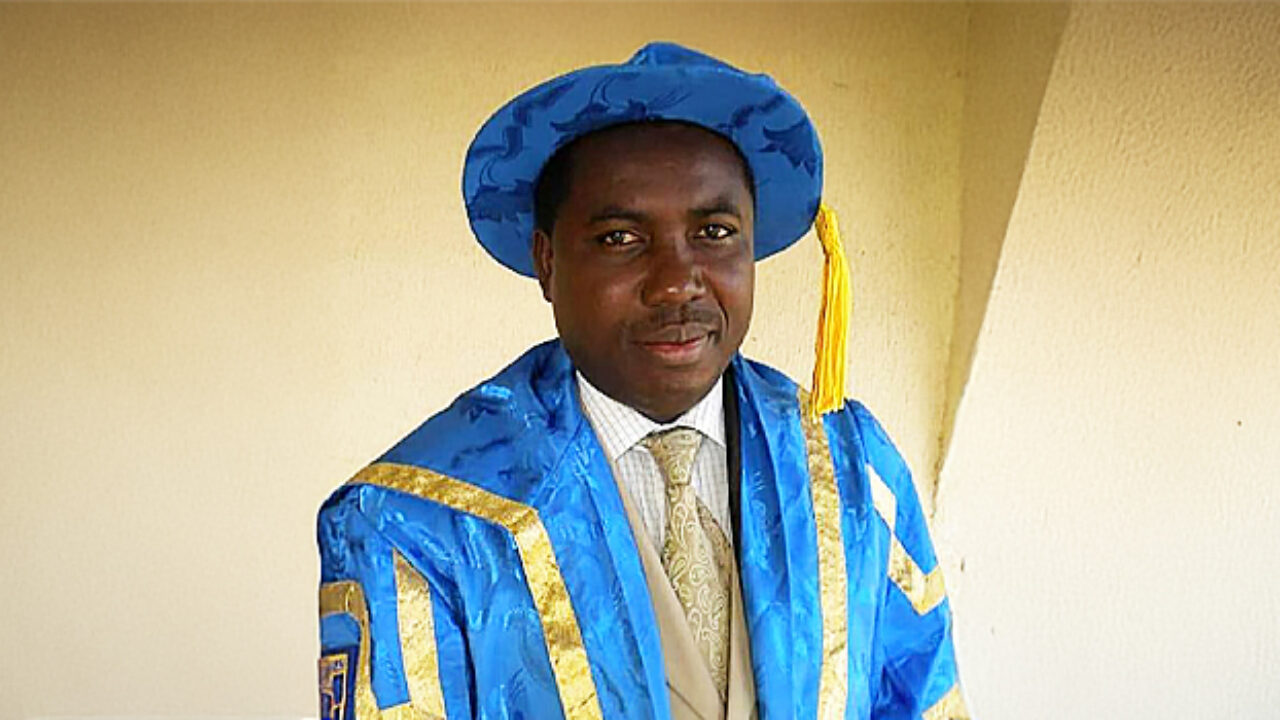Ime Akpan
A report by the Nigeria HIV/ AIDs Indicator and Impact Survey (NAIIS) shows that about 1.9 million Nigerians are presently living with the Human Immuno Virus (HIV) epidemic.
By this report, Nigeria drops from the second to the fourth position as the country worst hit by the disease.
Briefing journalists in Abuja yesterday, the director-general of the National Agency for the Control of HIV/AIDS, Dr. Sani Aliyu, said Nigeria had dropped from number two to number four on the ranking of countries with highest HIV prevalence.
Prior to the recent report, Nigeria ranked second with 3.2 million after South Africa with 7.1 million people estimated to be living with the virus.
From the new data HIV prevalence by state, the South-South zone of the country has the highest HIV prevalence, at 3.1 percent among adults aged 15–49 years.
HIV prevalence is also high in the North Central zone (2.0 percent) and in the South East zone (1.9 percent).
HIV prevalence is lower in the South West zone (1.1 per cent), the North East zone (1.1 per cent) and the North West zone (0.6 percent).
Also, among children aged 0–14 years, HIV prevalence according to the new data is 0.2 per cent.
Significant efforts have been made in recent years to stop new HIV infections among children.
According to the report, women aged 15–49 years are more than twice as likely to be living with HIV as men (1.9 per cent versus 0.9 per cent).
The difference in HIV prevalence between women and men is greatest among younger adults, with young women aged 20–24 years more than three times as likely to be living with HIV as young men in the same age group.
At the national level, viral suppression among people living with HIV aged 15–49 years stands at 42.3 percent (45.3 percent among women and 34.5 percent among men).
When people living with HIV are virally suppressed they remain healthy and transmission of the virus is prevented, the report noted.
The survey, which was launched by the federal government in June 2018 to determine the true distribution of HIV and AIDS, Hepatitis B and Hepatitis C in the country, reached about 220,000 people in about 100,000 households and was conducted between July and December 2018.
“As a government working with our partners, we have what it takes to support people who are HIV-positive, to provide treatment, to protect their families and to help people live long and healthy lives,” said Aliyu.
Also speaking, the minister of health, Prof. Isaac Adewole said remains a threat in spite of huge financial commitments made by government for the eradication of the disease.
He said the disease is a significant health crisis that requiring high level political commitment.
“Nigeria is the most populous country in Africa with an estimated 2018 population of 192 million and a Total Fertility Rate (TFR) of 5.5 per cent.
“Our annual growth rate was estimated to be 2.6 per cent in 2018. Based on the 2014 HIV Sentinel (ANC) Survey, the HIV prevalence for Nigeria was three per cent which makes our country the one with the second highest burden of HIV/AIDS in the world after South Africa.
“This represents about 3 million people living with HIV. HIV, therefore, remains a persistent threat to the health of our people, straining the already weak health care system and compromising past developmental gains, especially in the areas of maternal and under-five mortality,” he said.
He recalled that “the first case of AIDS in Nigeria was reported in 1986. Since then, the epidemic has grown steadily from 1.8 per cent in 1991 to 3.8 per cent in 1993, 4.5 per cent in 1995, 5.4 per cent in 1999 and peaked at 5.8 per cent in 2001.
“The prevalence began a gradual reduction from 5.8 per cent to five per cent in 2003, this decline continued to 4.4 per cent in 2005, 4.6 per cent in 2008 and 4.1 per cent in 2010. By 2014 the HIV prevalence rate was three per cent.
“HIV/AIDS remains a significant public health crisis that is being confronted by the world today particularly in the African continent. The disease is further complicated by socioeconomic and cultural factors as well as the weak health system.
“To this end, its defeat requires high level political commitment, vision and leadership, quality epidemiologic data and strategic interventions.”
In his remarks, the executive director of UNAIDS, Michel Sidibé, welcomed the new estimates and said the improved understanding of the country’s HIV epidemic would allow Nigeria to better reach people living with HIV and people at higher risk of acquiring HIV.
“I commend the government of Nigeria and its partners for conducting this ambitious survey, which provides us with a much better understanding of the country’s HIV epidemic.
“While it is fantastic news that there are fewer people living with HIV in Nigeria than previously thought, we must not let down our guard. Let us use the results of this survey to better focus our delivery of HIV prevention, treatment and care services to the people in the greatest need and ensure that Nigeria gets on track to end the AIDS epidemic by 2030,” he said.
He added that improved understanding of the country’s HIV epidemic will allow for more efficient investments in the response to HIV and more effective planning for the provision of HIV prevention, care and treatment services, including a focus on key populations, such as female sex workers.
“It will permit the adoption of a population–location approach to deliver services to the people and areas where they are most definitely,” said Sidibe.





















































